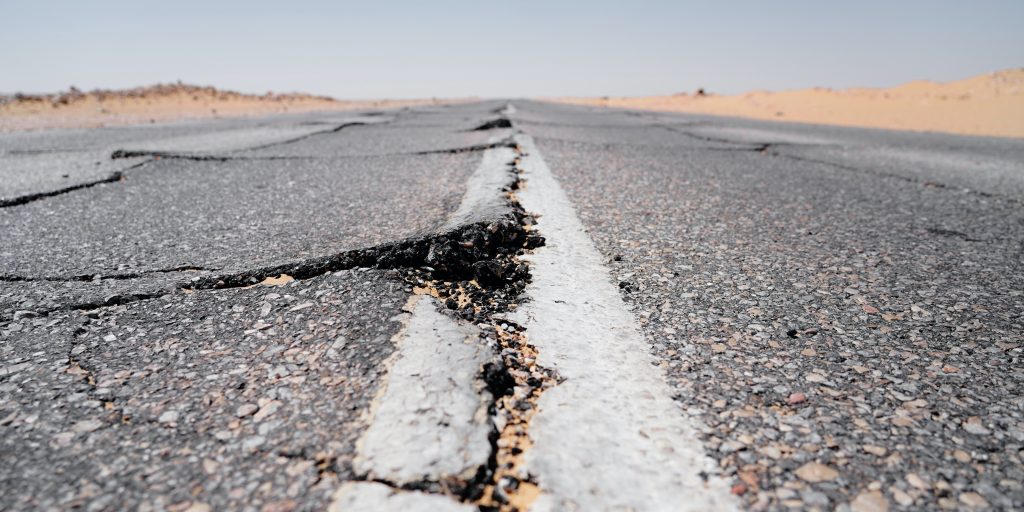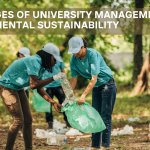
- Luis
- February 11, 2022
- 12:04 pm
- No Comments
What would be the potential impact of a seismic event in the Sabana Centro region?
The results of an earthquake can be disastrous. We have seen the most recent examples with the earthquakes in Haiti and Mexico, which have left hundreds dead and have cost millions of dollars in material damage. The Sabana Centro region is susceptible to seismic events because it is an intermediate seismic hazard zone and because of its proximity to the active Usme fault. For this, it is necessary to be prepared. Dirsa Feliciano, Civil Engineering graduate and Ph.D. student in Engineering, and Orlando Arroyo, director of the Civil Engineering Program, have conducted an investigation to find out what would happen in the Sabana Centro region if an earthquake occurs.
The investigation consisted of simulating the potential impact of a seismic event in the region, which is known as a seismic risk scenario. “The development of this type of scenario requires integrating the seismic hazard, the seismic vulnerability of the housing stock and the population in the study area, together with the cost of repairing the structures,” explains researcher Dirsa Feliciano.
The seismic hazard is associated with possible earthquakes in the region, which is known with the information obtained by the analysis of the Colombian Geological Service. The seismic vulnerability of a structure is associated with the probability of being damaged by an earthquake and with its construction characteristics. To know them, the studies of the Global Earthquake Model (GEM) foundation for Latin America were used. This information was updated with census data from the National Administrative Department of Statistics (DANE) and with fieldwork by Civil Engineering students from the University of La Sabana for the municipalities of Tabio, Tenjo, Cajicá and Cogua.
For this study, variables such as: the construction material and its quality, the lateral resistance system, the structural system and the ductility of the structure were taken into account; In general, the taxonomic characteristics of the structures that are associated with a certain level of vulnerability were considered.
Above all, buildings made of concrete, masonry and wood were taken into account, because they are the most common construction materials in the region. “In Sabana Centro, about 69% of the buildings considered are built in simple unreinforced masonry, with non-ductile walls. In general, this type of system has a high seismic vulnerability”, says Feliciano.
This is reflected in the simulations, since this is the type of system that would suffer the most damage. Therefore, it is recommended to reinforce the houses built with this type of construction system. “So far, with the information collected, it has been concluded that, in the event of an earthquake in the region, about 18% of the buildings considered would suffer complete damage, that is, they would collapse. In addition, the repair costs would represent 22% of the GDP of Sabana Centro”, reveals Dirsa Feliciano.
With these results, the respective reports have been presented in the municipalities of the region and have been socialized with the Regional Council for Seismic Risk Management. From there, the first work table arose to plan the response to risk.






